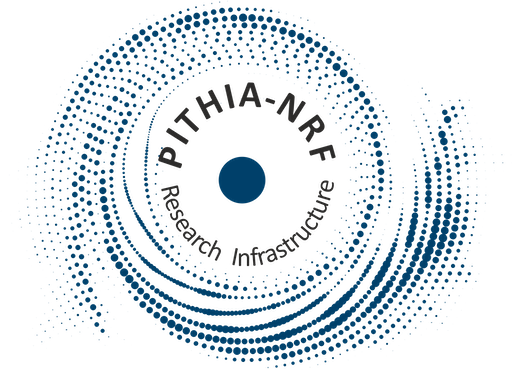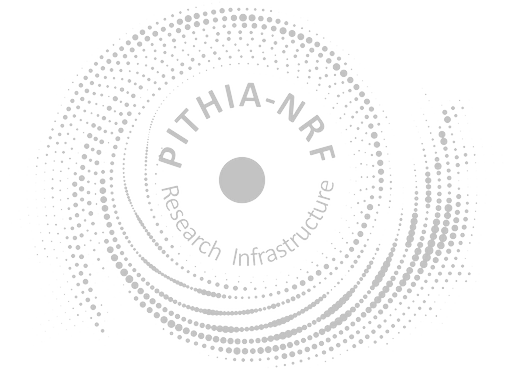EISCAT Incoherent Scatter Radars
(ISR)Last modified on Jan 16th, 2025
Status:
In This Page
Responsible Parties
Abstract
The EISCAT Incoherent Scatter Radars observe the atmosphere (from mesopause to topside ionosphere) and targets such as space debris and meteors in the northern auroral zone and magnetospheric cusp region. There are currently three radar systems in operation: two on the northern European mainland (the EISCAT UHF radar and the tristatic EISCAT VHF system), and one on Svalbard.
Additional Description
The EISCAT UHF mainland radar works at 930 MHz and started operation in 1981. It was originally a tristatic system, with both transmitter and remote receiver antennas fully remotely steerable. The mainland VHF radar at 224 MHz started operations in 1985 and has a cylindric antenna that can be pointed to zenith or low northward elevation. In 1996 the EISCAT Svalbard radar, operating at 500 MHz, was added to provide measurements in the cusp and dayside auroral oval region. Around 2000 the mainland radars had a major upgrade to the same kind of digital receivers as the Svalbard radar. The tristatic remote receivers were converted to the VHF frequency during 2012. The two mainland radar systems will be replaced by EISCAT_3D in near future.
Website
https://portal.eiscat.se
Further Resources and Information
Resources
Go to Metadata FileKeywords
- Mesosphere
- IncoherentScatterRadar
- Bottomside
- Ionospheric Specification
- Ionospheric observations
- Ionosphere
- Electron Density
- Electron Temperature
- Ion Temperature
- Bulk Plasma Velocities
- Topside
- VHF radio wave propagation
- Thermosphere
Metadata Information
| Editor | EISCAT Scientific Association |
| Version | 2 |
| Created | Thursday 4th Aug. 2022, 08:20 |
| Last Modified | Thursday 16th Jan. 2025, 11:01 |

